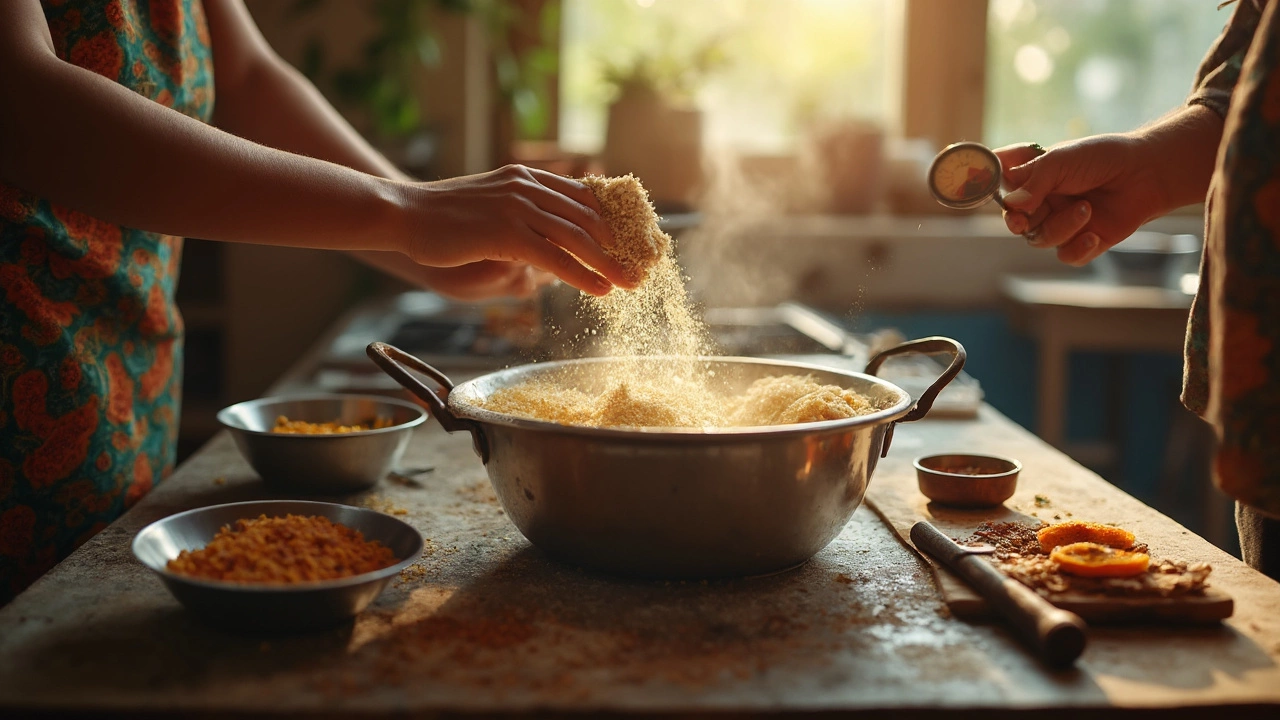Ferment Idli Batter – Quick Tips and Science
When working with ferment idli batter, the art of letting a rice‑and‑urad dal mixture develop natural yeasts so that idlis rise and become fluffy. Also known as idli batter fermentation, it forms the backbone of many South Indian breakfast staples.
The Idli batter, a blend of soaked rice, urad dal, and often a touch of fenugreek, provides the substrate for microbes. Proper grinding and consistent water levels give the microbes the food they need, while a warm environment (around 30‑35°C) triggers the rise. When the batter ferments, it not only thickens but also develops the signature sour aroma that makes idlis irresistible.
Understanding the Fermentation process, a natural biochemical reaction where yeasts and bacteria convert carbohydrates into carbon dioxide and acids, unlocks the secret to timing. Too short, and the batter stays flat; too long, and the flavor turns over‑ripe. Temperature, starter culture, and batter consistency are the three key attributes that dictate success.
When you’re in a hurry, a pinch of baking soda, an alkaline leavening agent that speeds gas production can jump‑start the rise. Adding it after the batter has started fermenting gives you fluffy idlis in half the usual time without compromising taste. Just remember: a little goes a long way, and you’ll still need a brief warm rest for the microbes to finish their work.
Below you’ll find a curated set of articles that walk you through every step—from the science of natural fermentation to quick‑fix hacks, troubleshooting common issues, and even how the same principles apply to dosa batter. Dive in to turn your kitchen into a reliable idli‑making hub.

How to Quickly Ferment Idli Batter Without Yeast
Fermenting idli batter without yeast is a common challenge for many home cooks. This article breaks down simple and effective methods to speed up the fermentation process naturally. Learn how temperature, ingredients, and storage play key roles in achieving the perfect batter. Perfect for those in a rush, these tips will help you enjoy soft, fluffy idlis without the wait. Embrace new techniques while staying true to traditional culinary roots.